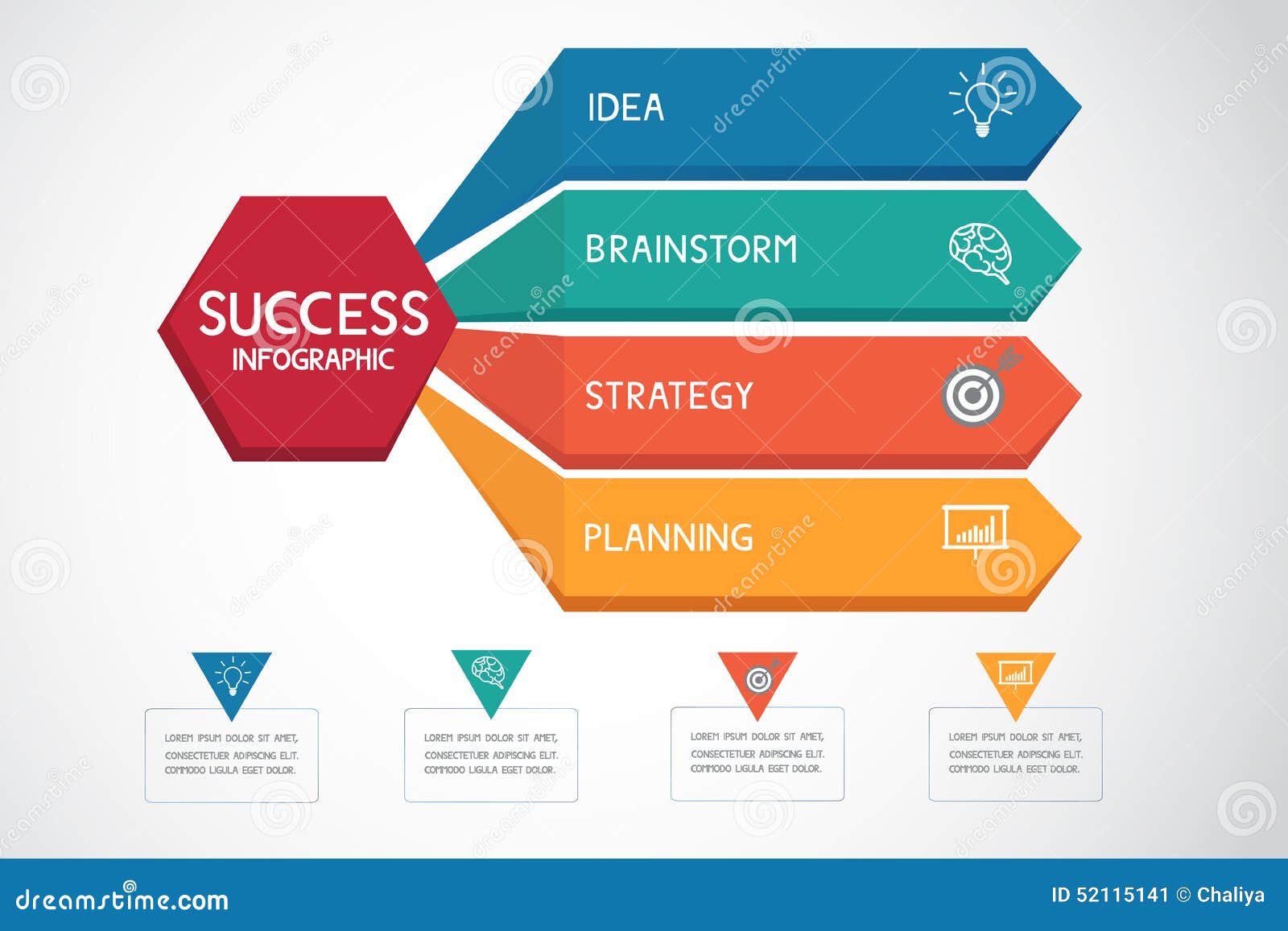Website Design: A Journey Via Time.From Humble Beginnings To Modern-Day Marvels, Internet Site Design Has Undertaken A Significant Transformation Throughout The Years
Website Design: A Journey Via Time.From Humble Beginnings To Modern-Day Marvels, Internet Site Design Has Undertaken A Significant Transformation Throughout The Years
Blog Article
Team Writer-Jonasson Gibbons
In the past, web sites were easy and focused on information. Navigation was direct, and design was for desktops. Now, individual experience is key. Information guides designs for easy navigation. Receptive layouts suit different gadgets. Today, dark mode lowers stress, and minimalist food selections boost navigation. Interactive features involve individuals, and vibrant visuals stand apart. AI combination increases engagement. See exactly how style has actually advanced to enhance your on the internet journey.
Very Early Days of Website Design
In the early days of website design, simpleness preponderated. Sites were basic, with restricted colors, fonts, and formats. The emphasis got on supplying information rather than flashy visuals. Users accessed the net through slow-moving dial-up connections, so speed and performance were crucial.
Navigating menus were straightforward, normally located at the top or side of the page. Web sites were created for desktop, as mobile browsing wasn't yet common. Content was king, and designers prioritized simple readability over complicated style components.
HTML was the main coding language made use of, and developers needed to function within its restrictions. Computer animations and interactive features were very little compared to today's criteria. Websites were static, with little vibrant web content or customized customer experiences.
Surge of User-Focused Layout
With the evolution of site layout, a change towards user-focused style concepts has actually ended up being progressively prominent. Today, developing sites that focus on individual experience is crucial for engaging site visitors and achieving organization objectives. User-focused layout entails comprehending the demands, preferences, and actions of your target audience to tailor the website's design, material, and includes accordingly.
Designers currently perform detailed research, such as individual studies and use testing, to collect insights and responses directly from customers. This data-driven strategy helps in developing instinctive navigating, clear calls-to-action, and visually attractive user interfaces that reverberate with site visitors. By putting the user at the center of the design procedure, sites can supply a more personalized and satisfying experience.
Receptive style has actually likewise become a crucial facet of user-focused layout, making certain that websites are maximized for various devices and display sizes. This versatility enhances ease of access and functionality, dealing with the diverse means individuals connect with websites today. Basically, the increase of user-focused design indicates a change in the direction of producing digital experiences that prioritize the needs and expectations of completion individual.
Modern Trends in Website Design
Check out the most up to date trends shaping web design today. One prominent fad is dark setting style, supplying a smooth and modern-day look while reducing eye strain in low-light atmospheres. Another essential pattern is minimalist navigation, streamlining menus and improving user experience by concentrating on essential elements. Integrating https://daltonlfztn.blogunok.com/30112862/identifying-the-contrasts-between-local-seo-and-traditional-seo -interactions, such as computer animated switches or scrolling effects, can produce a much more engaging and interactive web site. Receptive layout remains critical, ensuring smooth individual experiences throughout numerous devices. In addition, utilizing vibrant typography and unbalanced designs can add aesthetic passion and accentuate particular web content.
Integrating online marketing search engine optimization , like chatbots for client support or tailored suggestions, enhances customer engagement and simplifies procedures. Accessibility has additionally come to be a significant trend, with designers focusing on comprehensive layout techniques to deal with varied customer requirements. Embracing sustainability by optimizing web site efficiency for speed and performance is another arising pattern in website design. Collaborating with user responses and information analytics to repeat and boost layout continually is crucial for staying appropriate in the ever-evolving electronic landscape. By welcoming these modern trends, you can create an aesthetically attractive, user-friendly web site that resonates with your audience.
Conclusion
As you assess the advancement of web site style from the early days to currently, you can see how user-focused style has actually ended up being the driving force behind modern trends.
Embrace the journey of modification and adaptation in website design, always keeping the customer experience at the center.
Remain current with the latest patterns and modern technologies, and never stop developing your method to develop aesthetically sensational and easy to use websites.
Evolve, adjust, and produce - the future of website design is in your hands.
